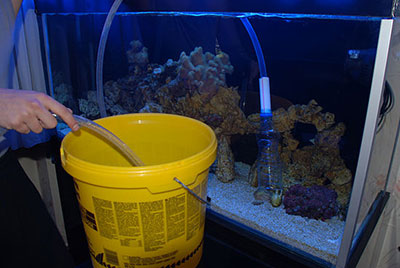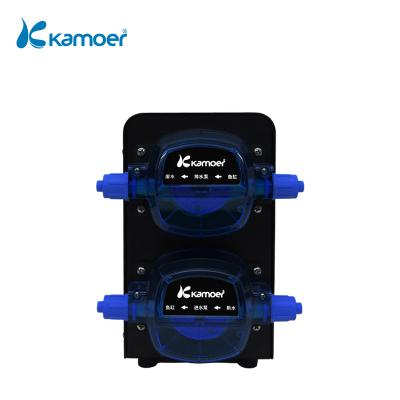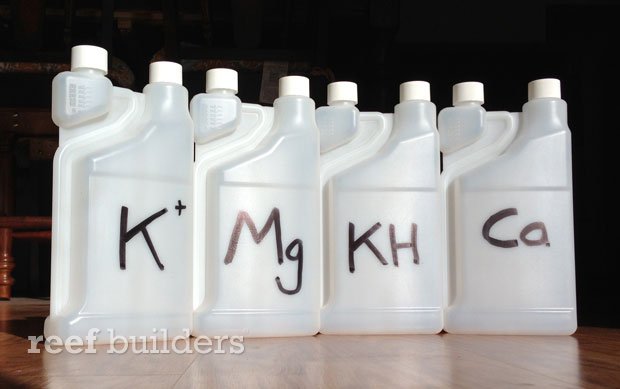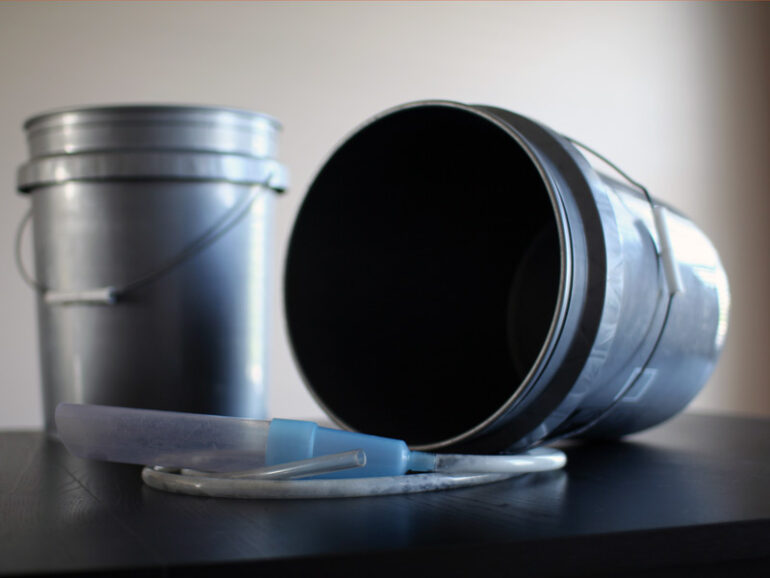We’re sitting here while mixing up a batch of saltwater for our new 120-gallon tank. Nothing terrible has happened, our last ICP test was okay… but we like to do regular partial water changes with our reef tanks, just as we did with our tropical freshwater tanks, and even coldwater tanks before that.

The case for changing the water in reef aquariums
The way we see it, water changes are good because they can help to lower parameters that have crept too high, and replace elements and buffer parameters which have gone too low. We get to vacuum the substrate at the same time too, removing loads of waste from the sand bed, and exporting nutrients at the same time. We strongly believe that water changes are a force for good (as long as the water you are introducing is good,) and freshly mixed saltwater, if made from good source water and using a good, proven salt mix,) will generally improve the water conditions of 99% of established reef tanks, by lowering nitrate and phosphate, and replacing trace elements that have become depleted.
If we could change water constantly on our reef tanks, we wouldn’t have to dose, or at least dose less of some things, and equipment is available like continuous dosing pumps that can facilitate that. And just like in the oceans our fish and corals would be party to constant replenishment, new water bringing them what they need, while old, polluted water is diluted and washed away.

The case for NOT changing the water in a reef tank
But now, due to advances in water testing, we can see exactly which elements are at okay levels and which aren’t. And by purchasing and dosing just those individual elements that were depleted, we can make our original (nearly perfect,) tank water, perfect once more. Salt is getting expensive, making up salt water can be a faff, and lifting and transporting water is even worse. Also, what is the point of removing water that may have ideal levels of calcium and magnesium, for example, only to replenish a low Iodine or Cobalt level, or to try to bring down Zinc? There is a strong case for not throwing good water away…

The pros and cons of changing aquarium water
Beginner tanks tend to suffer from being undermaintained. Too high in nutrients, yet too low in elements, and they often suffer from poor coral health as a result. For the live fish stores that have perhaps a 10-minute slot to educate a newbie in marine science, advising them to conduct regular partial water changes makes a lot of sense, without scaring them off with ICP and dosing pumps. And if you don’t want your hobby to get bogged down in chasing numbers, again, regular partial water changes and hardy livestock may be the way forward, because water changes help to reset the balance of saltwater in dozens of different ways.
The argument for not changing water however is that it is precisely about chasing numbers, the numbers of natural seawater, as when every parameter is tested and micromanaged, your tank opens up to myriad opportunities, not just for previously hard-to-grow corals but also the tank’s microbiome, and overall balance as a whole. Replenish Cobalt and Vanadium one element at a time, testing and dosing as you go, and you no longer need to blindly throw away large volumes of water when other parameters are all fine.

Have your say on the Reef Builders Facebook page
As with so many aspects of reefkeeping, we are not advocating one method over the other, and good reefkeepers are able to navigate both methods as at the end of the day success with both is about maintaining consistently good water.
What we want to know is which one you are. A dyed-in-the-wool water changer, or a “XX years without a water change and counting,” kinda reefer. Join the discussion over on our Facebook page, and Instagram page, tell us which one you are, and why.



